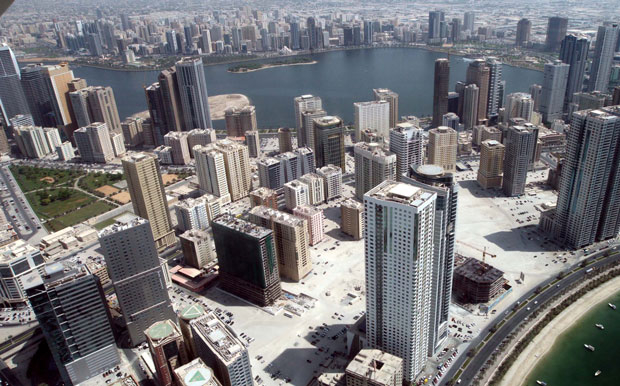
Dubai: The intense pressure on Sharjah’s residential rents, partly driven by extensive relocations from Dubai, seems to be easing up. During the third quarter, rental gains were limited to a 2 per cent gain in Sharjah, according to findings by Asteco. On a year-on-year basis, Sharjah’s rents were up by 18-19 per cent, with the more affordable buildings recording near full occupancies.
But there are also signals that landlords in the northern emirates should be paying heed to. The increasing instances of traffic gridlock in daily commutes to and from Dubai could force some residents to do a rethink.
“Rental rates in the northern emirates could be reaching their peak, with the distinct possibility of a slowdown or even reversal in the number of relocations in the medium term as residents opt to return to Dubai to avoid battling the daily commuter grind,” said John Stevens, Managing Director, Asteco.
“Real estate market values in Sharjah and the other northern emirates are largely dictated by what is happening in neighbouring Dubai, and with rental rates in some of its (Dubai’s) more affordable communities softening further in Q3, this inevitably has a ripple effect across the northern emirates.”
A two-bedroom unit in Al Majaz commands between Dh40,000-Dh60,000 annually, while for Al Nahda it is Dh50,000-Dh60,000. A Corniche location would be Dh50,000-Dh80,000, while Al Qasimiah’s would be Dh40,000-Dh55,000.
Meanwhile, residential rents in the other northern emirates did see higher increases, primarily as a result of playing catch up from their much lower bases. in Ajman, year-on-year gains have been in the 25 per cent range, while during the third quarter it was up 4 per cent. In Umm Al Quwain and Ras Al Khaimah, third quarter gains were 6 and 5 per cent respectively, led by residents who did not mind relocations as long as it helped them with their budgets.
“This proves that uber budget-conscious residents are still willing to trade emirates and location convenience for cheaper alternatives that offer potential rental savings that are up to two or three times lower than equivalent units in Dubai’s most affordable communities,” Stevens said.
Ajman, meanwhile, is seeing several on-hold projects resuming construction, such as Ajman Pearl, where 2,448 units are expected to be delivered in 2015.
“Another boost for the emirate — and a project that is certain to raise its profile — is the Al Zorah project from Lebanon’s Solidère Group,” said Stevens. “This development is now under construction and with its high-end luxury positioning will add a new dimension to the emirate’s existing real estate landscape, targeting regional and international buyers.”











